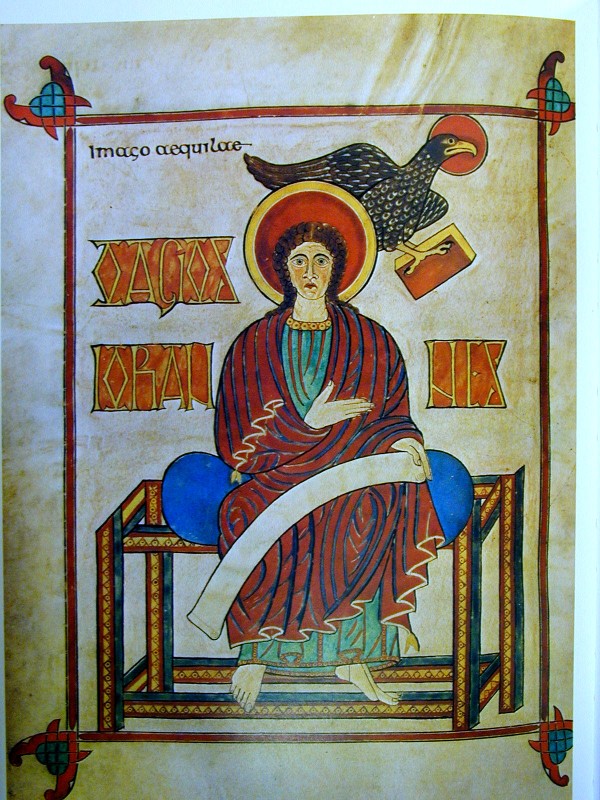The Unprejudiced Palate: Classic Thoughts on Food and the Good Life by Angelo Pellegrini
This book, first published in 1948, is a memoir/reflection on cooking and eating by an Italian immigrant to the US. He reacts angrily to the culinary élite who suggest that "excellent meals require exotic and unavailable ingredients, endless hours in the kitchen and a lifetime to perfect" (page 10). Instead, Pellegrini extols the virtues of simple fare and growing one's own vegetables.
Unpopular Opinions by Dorothy Sayers
This volume contains some of Sayers' best pieces, such as "Christian Morality" and "A Vote of Thanks to Cyrus". Most of these I'd read before - indeed, several of them are reprinted in Letters to a Diminished Church, which I bought a few years ago. That latter volume, however, was terribly edited, and inexplicably omitted the first half of the address "Creative Mind". Anyway, I particularly enjoyed reading "The Gulf Stream and the Channel", which muses on how Britain's geography may affect its culture.
Mansfield Park by Jane Austen
This is my third Austen novel, having read Emma and Pride and Prejudice. So far, it seems to have an inordinate number of introductory chapters.
The Liturgical Year by Joan Chittister
I received a review copy of this book through Book Sneeze. Stay tuned for a full-length review.

Finished Recently:
Visit the Sick: Ministering God's Grace in Times of Illness by Brian Croft
This is the second book I have read in DayOne's inexpensive and helpful Ministering the Master's Way series.
On the Banks of Plum Creek by Laura Ingalls Wilder
Kara is reading this series aloud to me - this is the fourth book we've read.
Through Painted Deserts by Donald Miller
I really like this guy. This book left me wanting more.
Four Gospels, One Jesus: A Symbolic Reading by Richard Burridge
This book compares the four biblical gospels. Burridge takes as his starting point the traditional portraits of the Evangelists: Matthew is traditionally represented by a man, Mark by a lion, Luke by an ox and John by an eagle, as pictured in the Lindisfarne Gospels:
 Burridge, however, give these representations a new twist: he considers these images as ones the evangelists use of Jesus. Thus, Mark portrays Jesus as a lion who bounds across the stage - "the lion bounds on, roars, and bounds off again, calling us to see him, in Galilee, somewhere." Luke, on the other hand, portrays Jesus as an ox, plodding steadily toward being sacrificed.
Burridge, however, give these representations a new twist: he considers these images as ones the evangelists use of Jesus. Thus, Mark portrays Jesus as a lion who bounds across the stage - "the lion bounds on, roars, and bounds off again, calling us to see him, in Galilee, somewhere." Luke, on the other hand, portrays Jesus as an ox, plodding steadily toward being sacrificed.Although it can be overdone, we do need to recognise the differences between the gospel accounts, and avoid flattening them out into one "Life of Christ" narrative. I learned a lot of things in this book about the subtle differences between the gospels. For example, whereas Luke uses the words "joy" and "rejoice" numerous times, in Mark's gospel they're only used once each - in 4:16, when the seed on rocky ground receives the word "with joy," and in 14:11 when the chief priests rejoice over Judas' betrayal. That is to say, Mark's theology is one of "suffering and darkness".
No comments:
Post a Comment